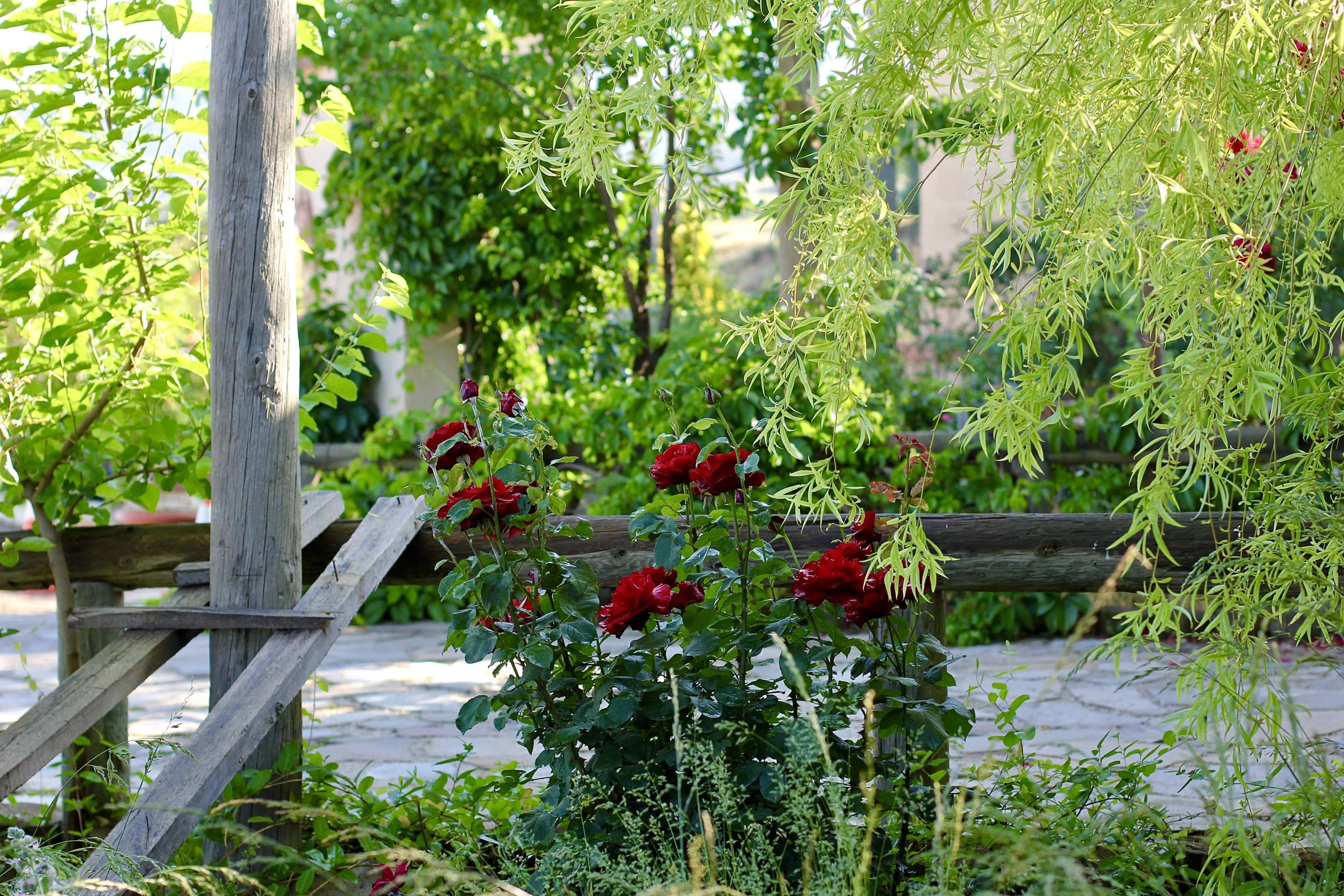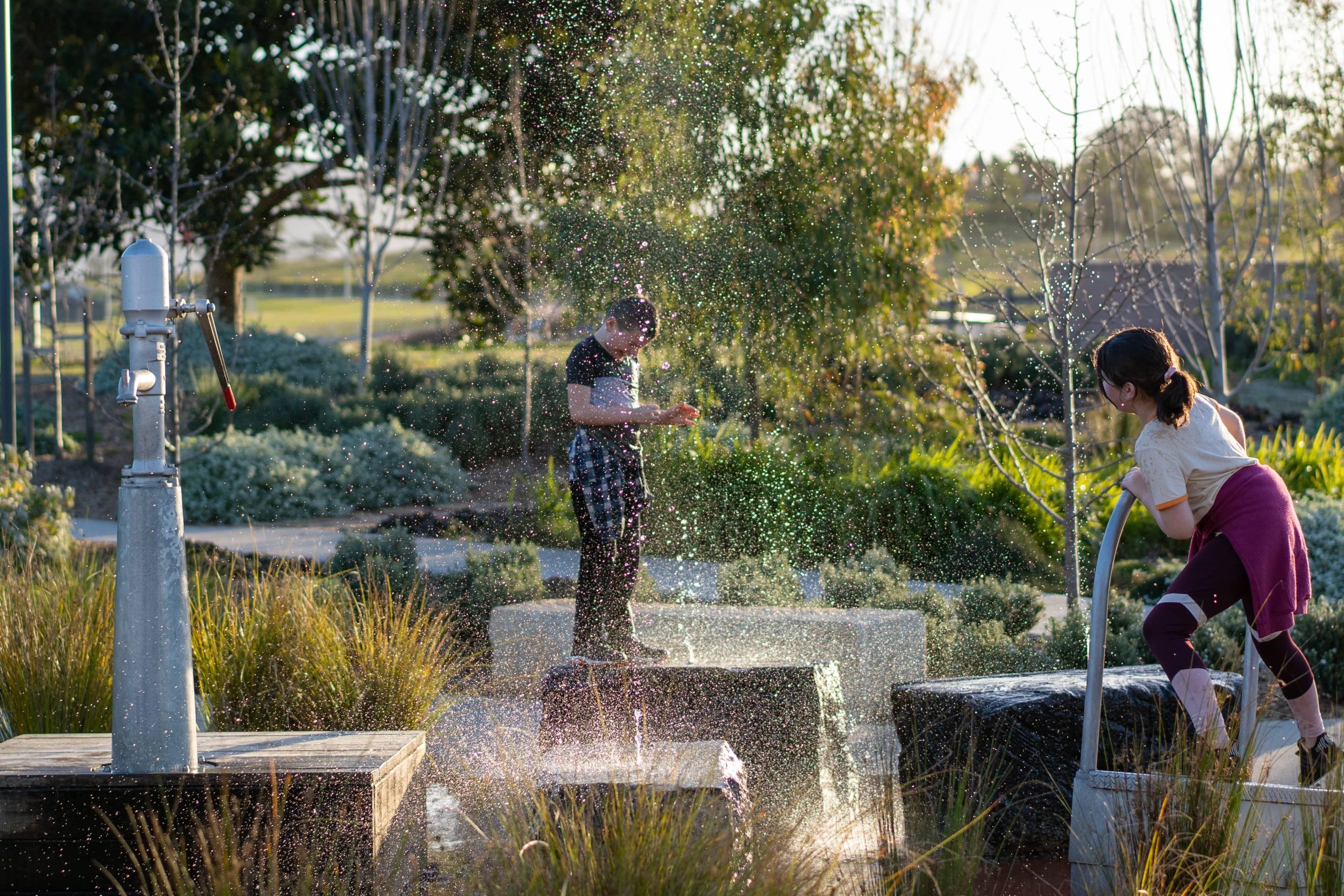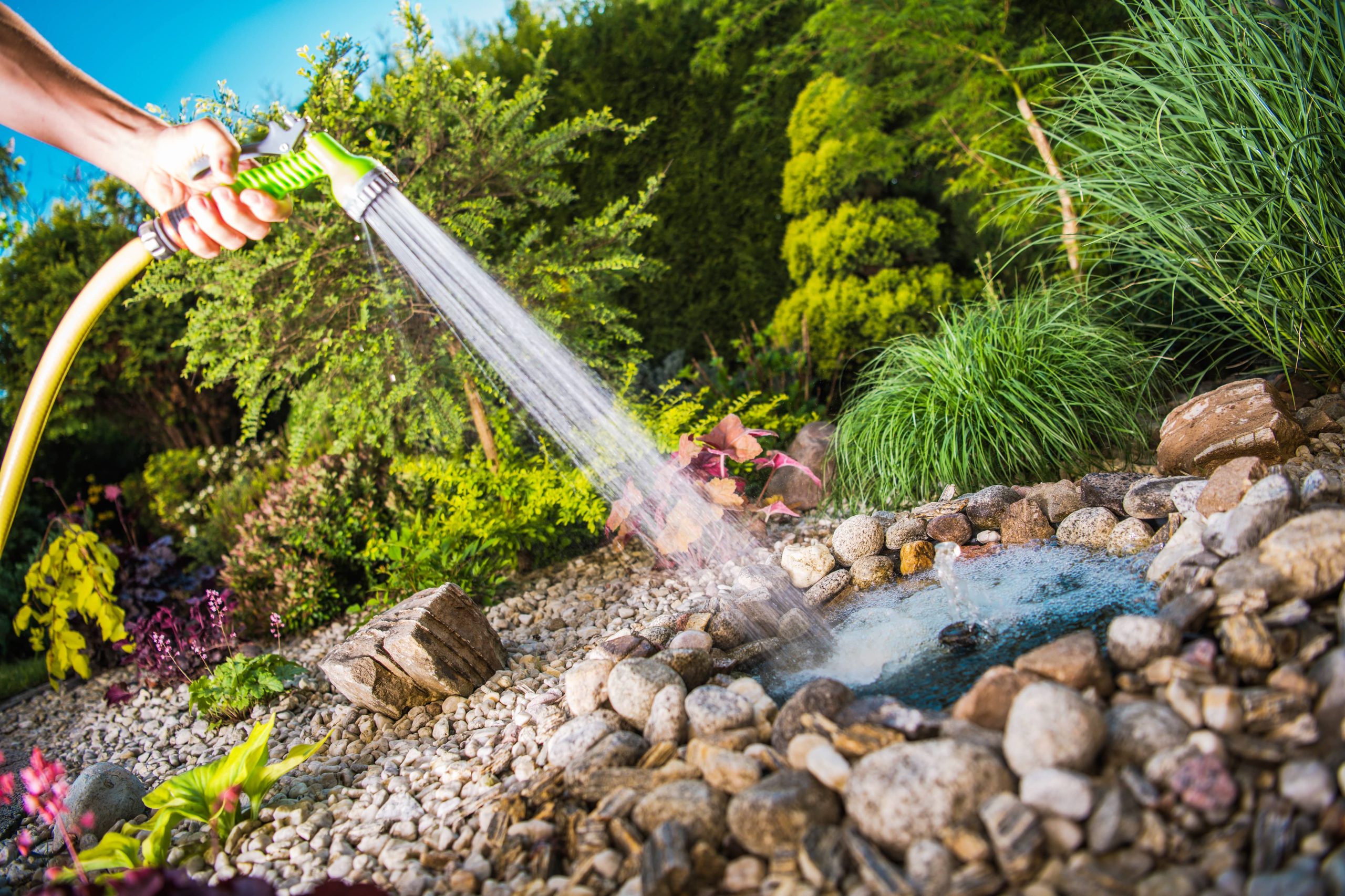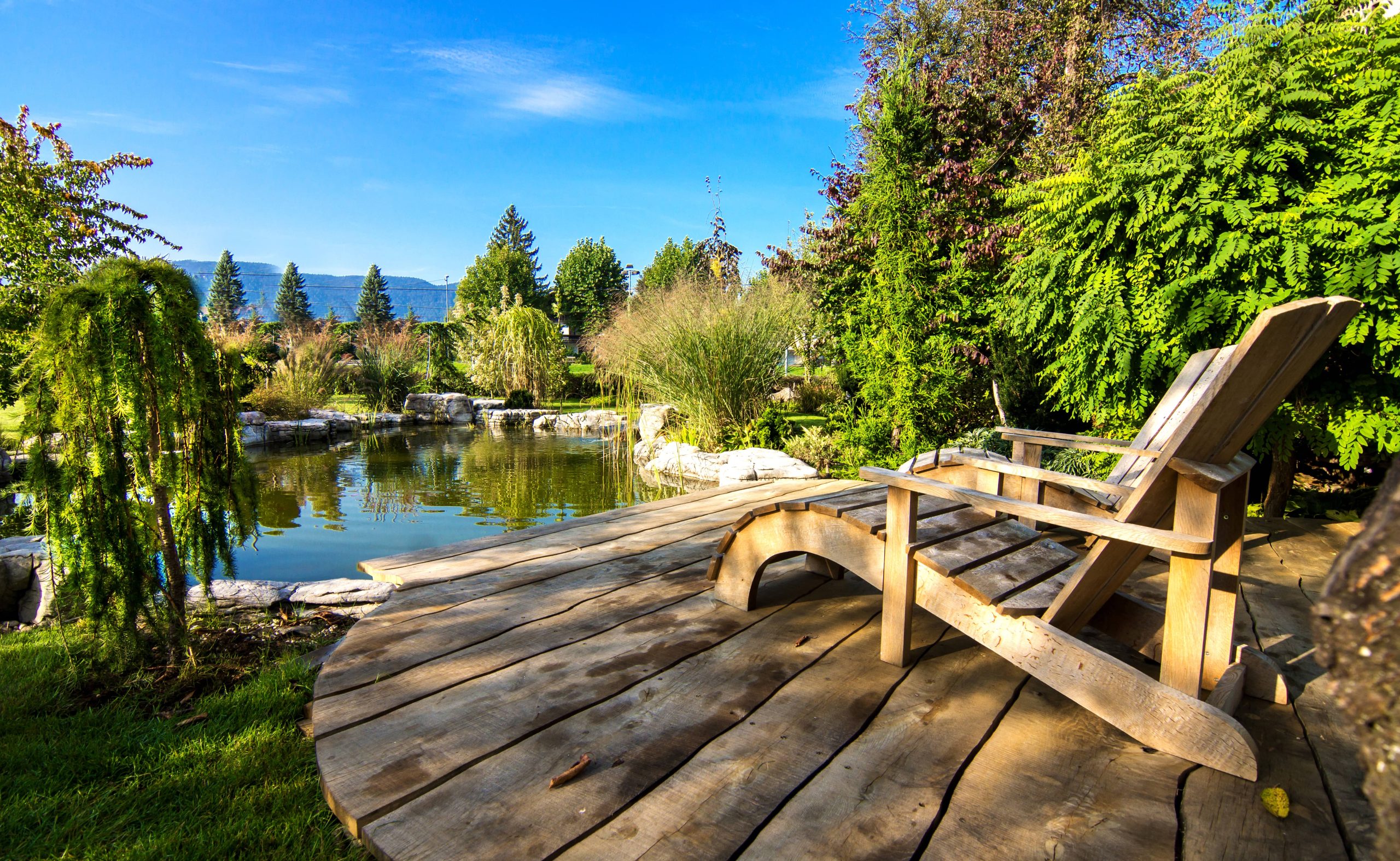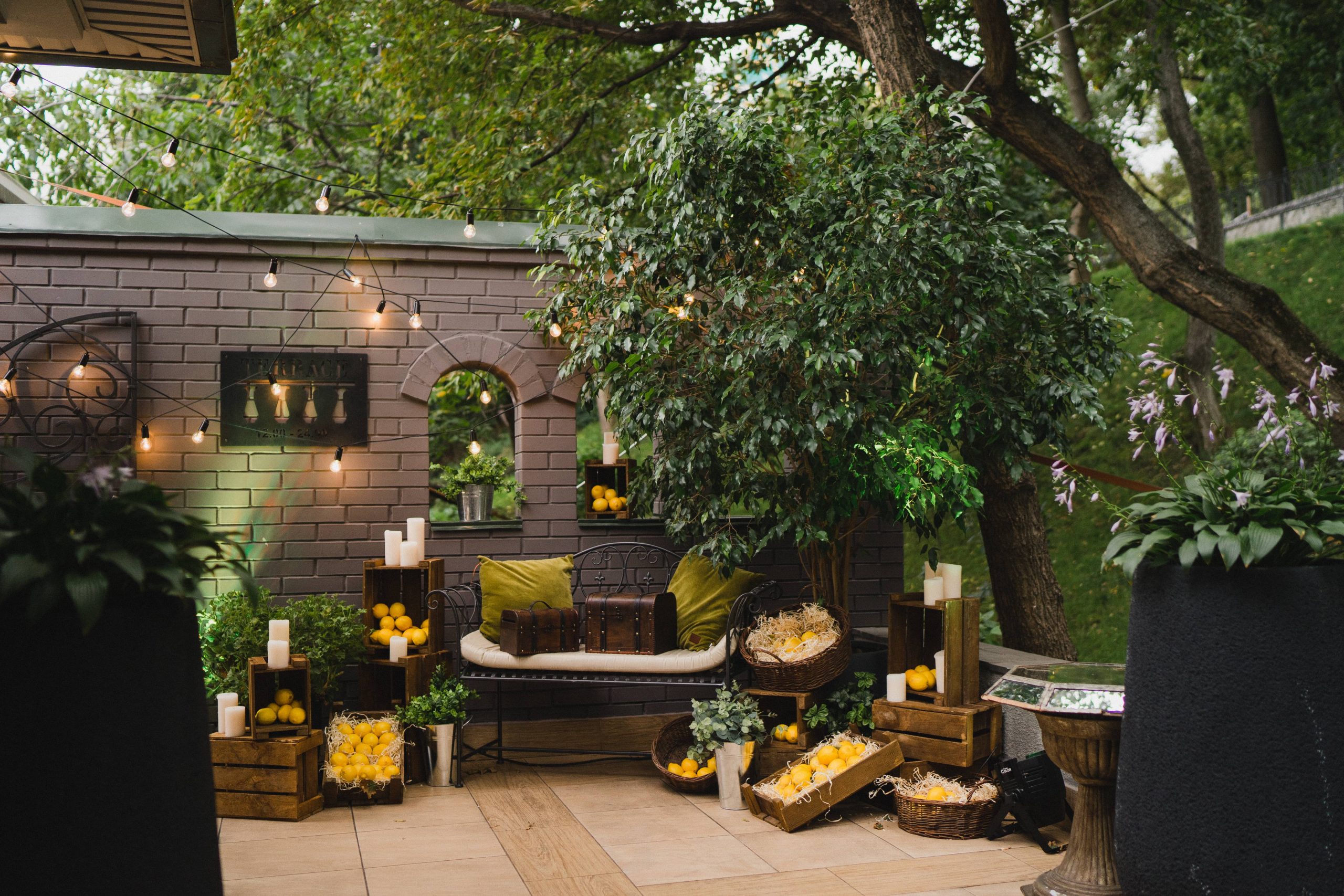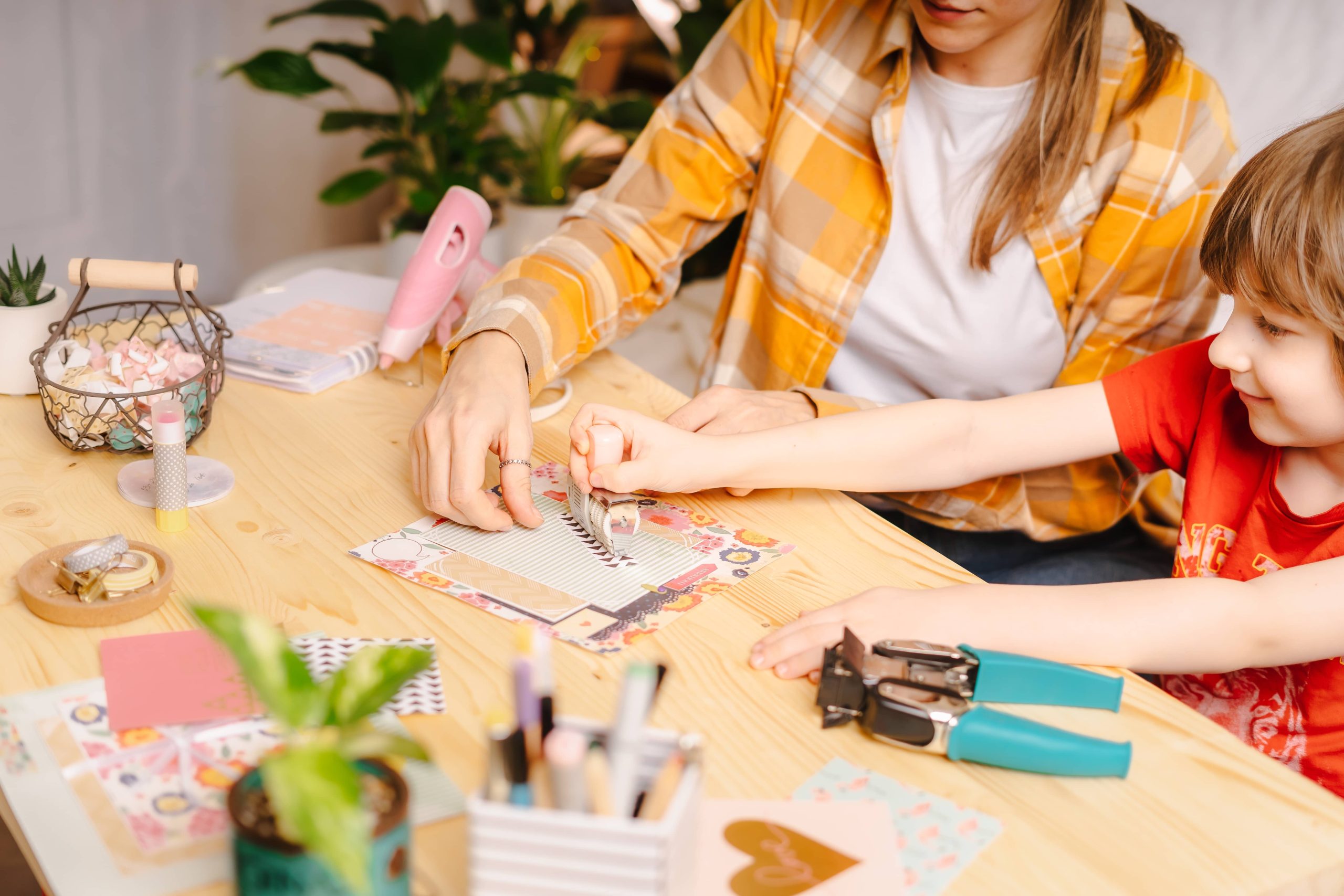
In the world of home and garden enthusiasts, plants hold a special place of honor. They bring life, color, and a touch of nature indoors, making our homes feel warm and inviting. However, as any plant lover knows, displaying plants can be a bit of a challenge, especially if you’re limited on space. That’s where the magic of DIY comes in. With a little creativity and some scrap wood, you can build a beautiful and sturdy plant stand that not only showcases your leafy friends, but also adds a unique piece of furniture to your space.
The Appeal of DIY and Upcycling
Before we get into the nitty-gritty of building a plant stand, let’s talk about why DIY projects and upcycling are so appealing. First, they are cost-effective and environmentally friendly. Using materials you already have on hand reduces waste and saves you money from not having to buy new materials. Secondly, there’s a certain satisfaction in creating something with your hands. It allows for personalization – you get to decide the dimensions, style, and finish of the piece, ensuring it perfectly fits your needs and aesthetic.
Materials Needed
For this plant stand project, you don’t need much beyond some basic tools and scraps of wood. Here’s a list of materials you’ll need to gather:
1. Scrap Wood: Check your garage, backyard, or even your neighbors for leftover wood pieces. Aim for hardwoods if possible, but don’t shy away from plywood or even pallets.
2. Saw: A hand saw or a circular saw will work just fine.
3. Sandpaper: A medium to fine grit sandpaper will help smooth out rough edges.
4. Wood Glue and Screws: For assembling your stand. Ensure the screws are appropriate for the thickness of your wood.
5. Clamps: Useful for holding pieces together tightly while the glue sets.
6. Drill: To make pilot holes for screws which prevent wood from splitting.
7. Paint or Wood Stain: Optional, but adds a nice finishing touch to your project.
Designing Your Plant Stand
Every great project starts with a plan. Consider how many plants you’ll want to display and how tall or wide you want your stand to be. A popular design might be a three-tiered, ladder-like stand, but you can customize the number of shelves to fit your needs. Sketch out your design, taking into account the sizes of your scrap wood pieces.
Steps to Build the DIY Plant Stand
1. Prepare Your Wood: Start by cutting your wood pieces to size based on your design sketch. You’ll need wood for the shelves and for the legs of the stand. Remember, precision is key, so measure twice and cut once!
2. Sand the Pieces: Once cut, sand each piece thoroughly to remove any splinters or rough edges. This will give your plant stand a smooth finish and prevent any accidental injuries when moving it around.
3. Assembly: Begin by assembling the frame. Use wood glue and screws to fasten the legs to the base shelf. Make sure to drill pilot holes first. Once the base is sturdy, attach the additional shelves at evenly spaced intervals along the legs. Use clamps to hold pieces together while the glue dries.
4. Check Stability: Once all parts are secured, give your plant stand a gentle shake to check its stability. If it feels wobbly, reinforce joint areas with additional screws.
5. Finishing Touches: If you desire, paint or stain your plant stand to match your home decor. Consider using weather-resistant finishes if your stand will be placed outdoors. Applying a sealant will also help protect the wood from moisture and insect damage.
6. Cure and Set: Allow the paint or stain to cure fully. This might take a day or two depending on the products used. Once dry, you can move your plant stand into its new home and start placing your plants.
Ideas to Personalize
Don’t hesitate to get creative here! Add some hooks to the sides for smaller hanging plants or decorations. You can even weave fairy lights around the top railing for a magical glow. Using colorful paints or stencils to create patterns on the shelves can add visual interest and contrast with the greenery of your plants.
Conclusion
Building a DIY plant stand from scrap wood is a satisfying project that combines creativity, resourcefulness, and a love for plants. Not only does it give your plants a stylish display, but it also gives you the opportunity to repurpose materials, helping to reduce waste. Moreover, it adds a personal touch to your home decor, making it all the more special every time you gaze at your thriving indoor garden.
Embrace the imperfections that come with DIY; that’s what makes each piece truly unique. Remember, the journey of crafting and creating is just as rewarding as the beautiful results. Happy crafting!

